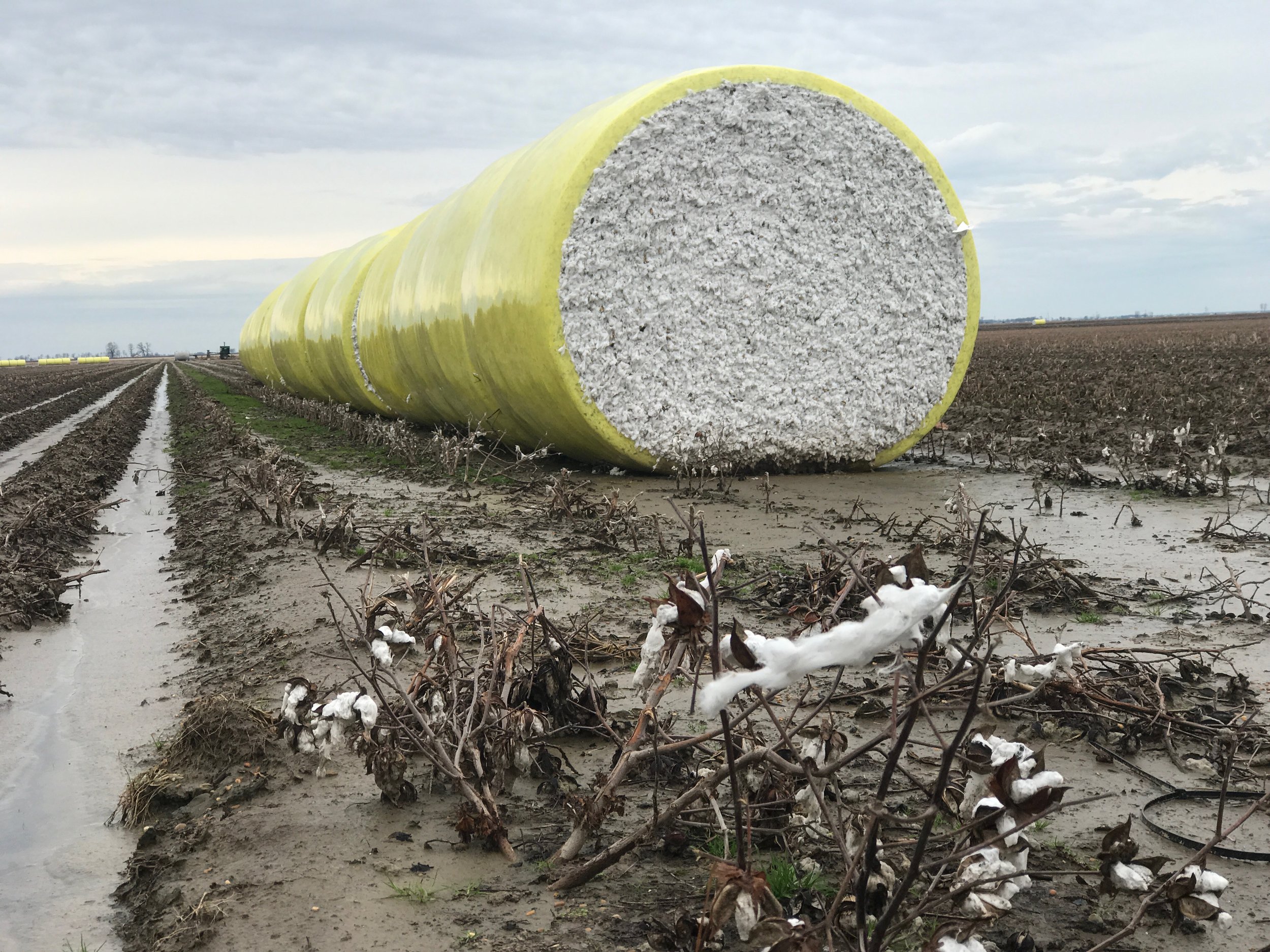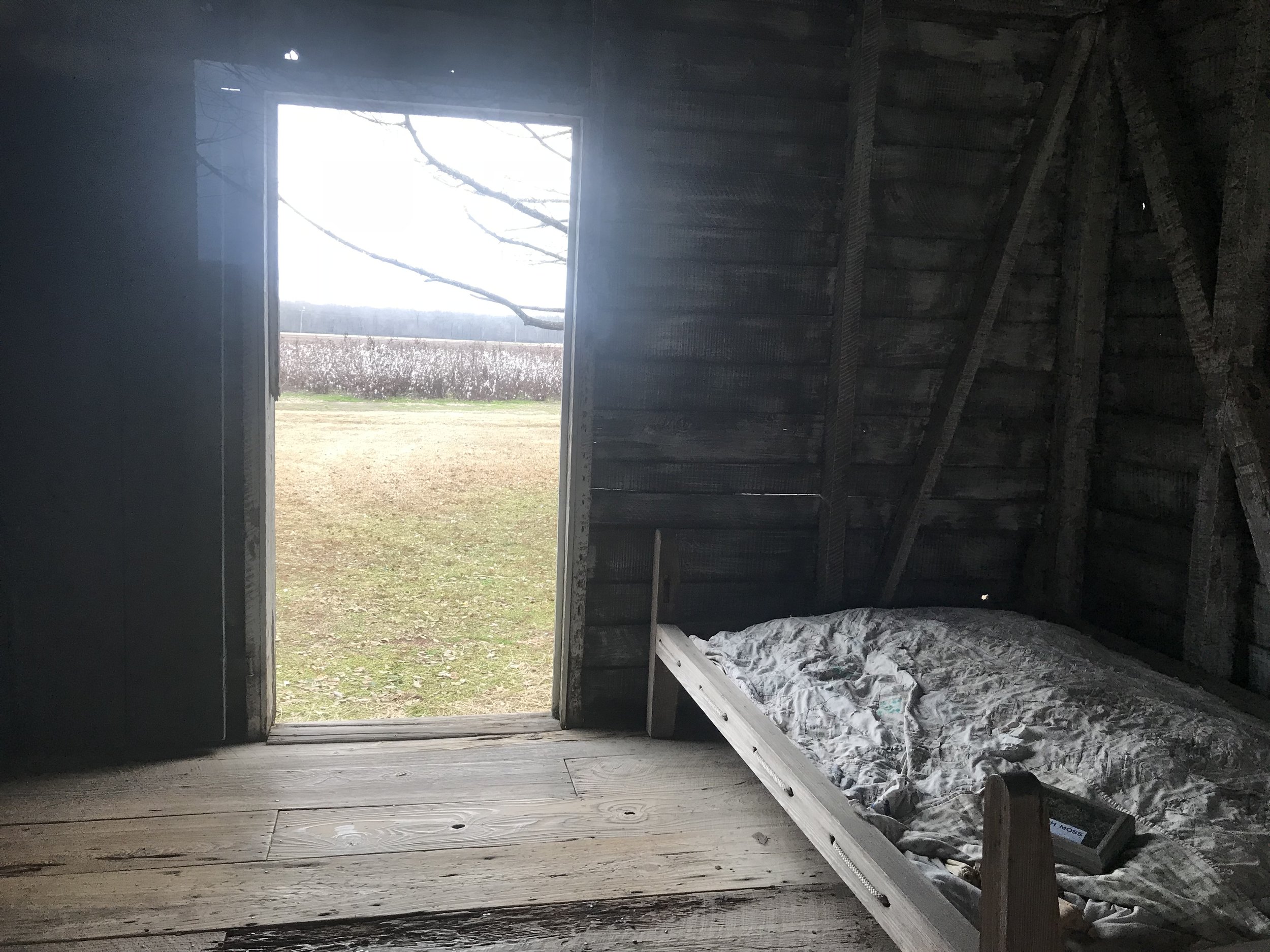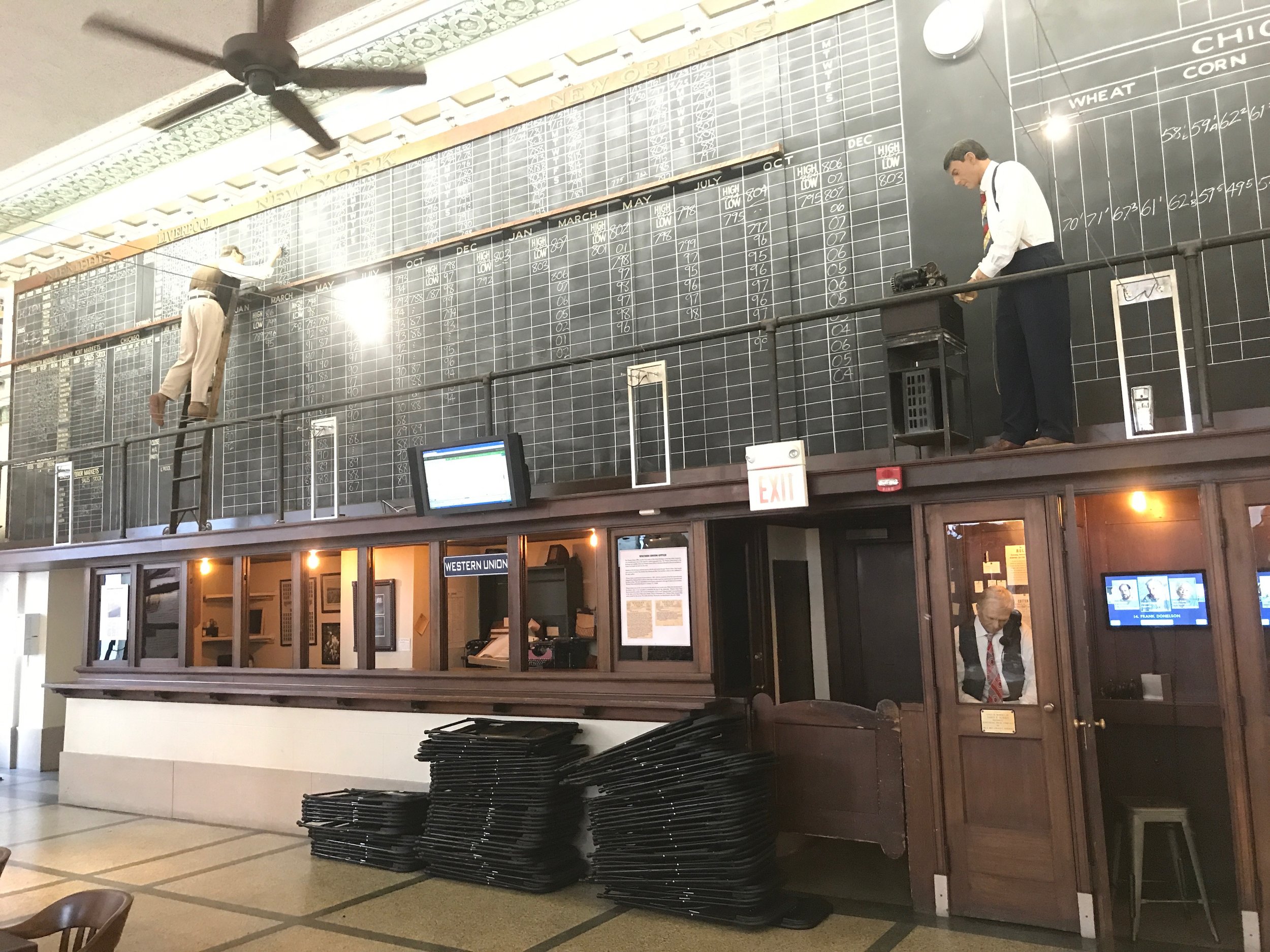The power of cotton
By Rick Holmes
Dec. 21, 2018
Memphis, Tenn. – Way down here in the land of cotton, the cotton-pickers are gone, replaced by chemicals and machines.
Cotton has been around for thousands of years. Ancient peoples on five continents knew you could turn the white fluff from cotton bolls into fabric, but it was hard work. Cotton’s history shows how technology can turn what is possible into what is profitable. That story is so entwined with America’s history that cotton may as well be the national plant.
The fruit of the cotton plant is the boll, a round wad of fibers that protect its tiny seeds. Picking cotton isn’t easy – the sharp edges of the bolls, once they are ripe and cracked open are hard on the hands – but what’s really difficult is separating the fibers from the seeds.
Eli Whitney, an enterprising young man from central Massachusetts, solved that problem by inventing a machine that mimicked how human hands picked the seeds. His “cotton engine” – shortened to cotton gin – made processing cotton in mass quantities possible.
Growing the cotton, though, still required human hands. Fields had to be plowed, seeds planted. Constant weeding – “cutting the cotton” – was required. At harvest, the bolls had to be wrestled off the branches one by one, and stuffed into long sacks that the pickers dragged behind them. A typical worker could pick 20 plants in 10 minutes.
Today it’s different. Mechanical cotton harvesters, introduced in the early 1940s, can now pick more than 63,000 plants in 10 minutes. Herbicides kill the weeds, but not the cotton. Genetically modified cotton seeds produce their own pesticides. Picking machines leave huge rolls of cotton sealed in plastic at the edge of the fields, where they can be stored until the cotton gin is ready for them. Even the plowing can now be done by self-driving tractors guided by GPS.
With each of these innovations, jobs in the cotton fields disappeared. It doesn’t take many people these days to pick a ton of cotton, which is why unemployment is so high in cotton country.
But in the days of King Cotton, between Whitney’s invention in 1793 and the adoption of mechanical pickers 150 years later, cotton was a labor intensive industry, and cheap labor translated to profits. In America, that cheap labor came in the form of enslaved people originally brought from Africa. The moral outrage that was slavery generated enormous wealth for those who owned cotton fields. In 1850, Natchez, Mississippi, cotton capital of the South, was home to half the millionaires in the U.S. Slave-picked cotton enriched northern mill-owners as well.
There’s a theory that if the Civil War hadn’t happened, slavery would have died out on its own. Northern states, where slavery was not as widespread and immigrants provided the cheap labor, abolished slavery on their own. By the 19th century, plantation owners in the mid-South, where cotton wasn’t a viable crop, were reducing their human holdings, selling their slaves to cotton planters in the Deep South. If mechanical cotton pickers had been invented in 1840 instead of 100 years later, the economics of slavery would have been turned upside-down. But that’s not what happened.
At Frogmore, a restored plantation just across the Mississippi River from Natchez, I learned how concentrated slave ownership was. Only 25 percent of households in states where slavery was legal owned any slaves at all. Those who owned more than 100 slaves were the richest of the rich, amounting to one-quarter of 1 percent of slave-owning households.
Political power follows great wealth, and while the largest planters in the South were small in number, their influence was vast. They controlled newspapers and state legislatures across the South. They sent delegations to Congress that made the economic interests of the cotton planters their highest priority. Abolitionists had a term for this economic/political combine: the Slave Power.
To protect its wealth, the Slave Power needed to preserve its supply of cheap labor. That need was only temporary, as cotton-picking technology eventually demonstrated. But it was important enough to a minority of very rich, very powerful men in the states where cotton was king, that they were willing to destroy the Union and plunge the nation into its bloodiest war, to maintain their economic advantage.
Slavery is a unique stain on American history. But it was not the only instance where the profits of a few dictated the policies of the nation. Whether it’s the fossil fuels industry directing climate policy or the weapons manufacturers stifling gun control, special interests still distort national decision-making.
Big Cotton and the Slave Power it produced showed how destructive and tragic such distortions can be.
Rick Holmes can be reached at rick@rickholmes.net. You can follow his journey at www.rickholmes.net. Like him on Facebook at Holmes & Co, on follow him on Twitter @HolmesAndCo.





